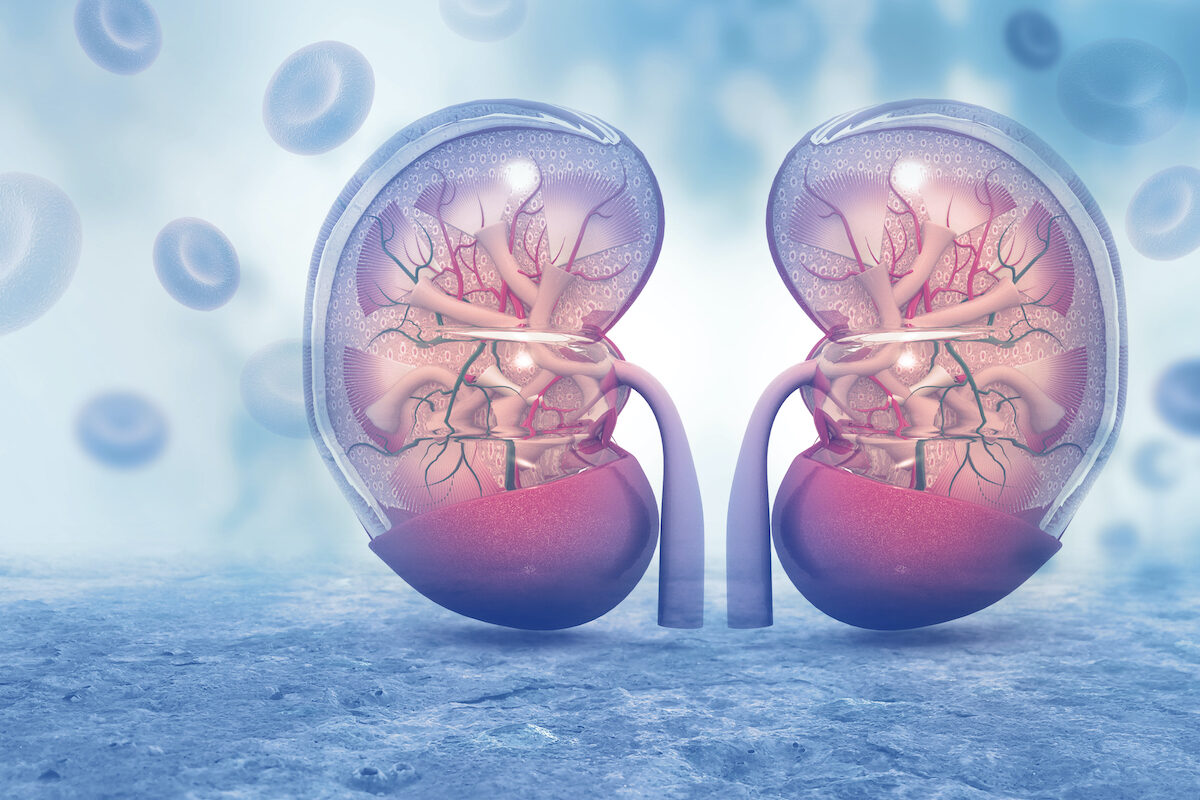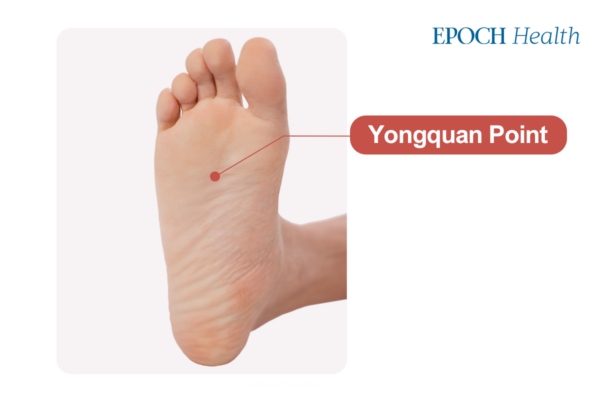


In the early stages of kidney disease, there are usually no obvious symptoms, and most patients will not notice it. When it is finally diagnosed, considerable damage may have been done, and kidney dialysis is often needed as the final option.
As COVID-19 wreaks havoc around the world, the sequelae of the disease should not be underestimated.
Research from the U.S. Centers for Disease Control and Prevention (CDC) showed that long COVID can cause multiple organ damage. The renal function could be degraded by three to four percent within one year.
Greater awareness of the symptoms of chronic kidney disease, early detection and treatment, and dietary management, may lessen the deterioration of kidney function.
Chronic diseases that can induce kidney issues include systemic lupus erythematosus, diabetes, high blood pressure, and long COVID.
Other causes of kidney disease include the deposition of immunoglobulin A antibodies in the glomeruli, over-administration of analgesics (pain killers), xanthine oxidase deficiency, toxicity acquired from chemotherapy drugs, and chronic exposure to lead.
Pain relievers that can cause kidney problems include aspirin, propranolol (a beta blocker), phenacetin (an analgesic and fever-reducing drug), and nonsteroidal anti-inflammatory drugs. The use of pain relievers can cause nephropathy—a chronic inflammatory change characterized by loss and atrophy of renal tubules, interstitial fibrosis, and inflammation. Long-term use of phenacetin is associated with renal papillary necrosis.
Diabetic nephropathy is a progressive kidney disease caused by glomerular capillary vasculopathy. It is characterized by nephrotic syndrome and diffuse glomerular scarring. It is particularly associated with poorly managed diabetes and is the main reason for dialysis in many developed countries. It is classified as a small vessel complication of diabetes.
According to the latest research report of the CDC, one in five infected adults will suffer from at least one complication as a result of long COVID, and one in four elderly people over 65 will suffer at least one symptom of long COVID, causing damage in particular to three main organs: the heart, lungs, and kidneys, wherein renal function can be lost by three to four percent within one year—equivalent to an accelerated deterioration of three to four years.
Autosomal dominant polycystic kidney disease is the most common genetic kidney disorder, affecting half a million Americans.
A diet high in animal protein, animal fat, and cholesterol may increase the risk of microalbuminuria, a sign of declining kidney function. In general, a diet high in fruits, vegetables, and whole grains but low in meat and sweets may provide some protection against renal decline. Animal protein and fat, cholesterol, and sweets produce more acids, while fruits, vegetables, legumes, and whole grains produce more alkalis.
Also known as Berger’s disease, Immunoglobulin A nephropathy, is a kidney disease that occurs when the antibody immunoglobulin A builds up in the kidneys resulting in local inflammation that can reduce the kidneys’ ability to filter waste from the blood.
The underlying mechanism of renal disease induced by iodine agents is still unclear. However, there is substantial evidence that several factors, including apoptosis, appear to play a role.
Lithium, a drug commonly used to treat bipolar disease, and psychiatric disorders, can cause nephrogenic diabetes insipidus, and persistent usage can lead to kidney disease.
Lupus nephritis is a kidney complication that can occur in people with systemic lupus erythematosus—more commonly known as lupus.
Other possible causes of kidney disease are due to the formation of cysts, or fluid-containing sacs, within the kidneys. When one grows older, these cysts can also grow larger, which can lead to eventual kidney failure. Polycystic kidney disease is an inherited disease caused by gene mutations.
Kidney disease may be related to some therapies used to treat cancer. The most common form of kidney disease in cancer patients is acute kidney injury, which is usually due to volume depletion from post-chemotherapy vomiting and diarrhea, or occasionally due to nephrotoxicity of chemotherapy drugs.
Kidney failure caused by the breakdown of cancer cells, usually after chemotherapy, is unique to oncological nephrology. Several chemotherapy drugs, such as cisplatin, are associated with acute and chronic kidney injury. Newer drugs, such as anti-vascular endothelial growth factor, have also been associated with similar injuries as well as proteinuria, hypertension, and thrombotic microangiopathy.
From the perspective of traditional Chinese medicine (TCM), the intestines and stomach are closely related to the function of the kidneys. Taking good care of the intestines and stomach can make the kidneys healthier. Traditional Chinese medicines that protect the kidneys include wolfberry (also known as goji berries) and yam. People with poor kidneys can often take porridge, which is good for the stomach. You can also add wolfberry and yam, which will nourish the kidneys.
- Chestnut: Nourishes the stomach and kidneys and strengthens the spleen and the tendons.
- Black sesame: Nourishes and replenishes the organs, which can produce body fluid and reduce dryness.
- Black beans: Nourishes blood and repairs deficiencies.
- Walnut: Nourishes the kidneys via the kidney and lung meridians. Also strengthens essence, warms the lungs, and relieves asthma.
Some of the above ingredients may be found at local Asian food markets.
Four points to massage frequently:
1. Shenshu: On the midline of the lower back, directly behind the navel—two fingers’ width to the left and right.
2. Guanyuan: Four finger widths below the navel.
3. Yuji: At the center of the first metacarpal bone of the thumb.
4. Yongquan: The depression in the center of the front third of the sole of the foot.




